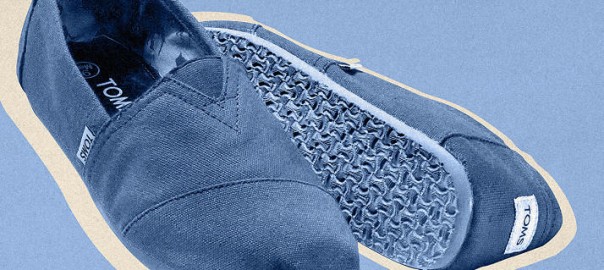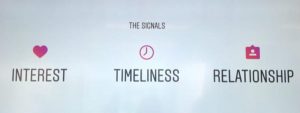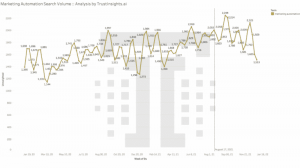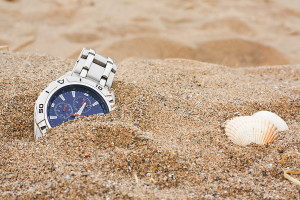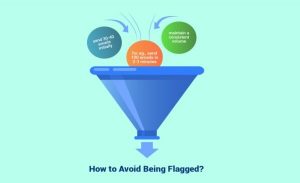Recycling goes upscale. Reuse becomes aspirational. Take a look at the social good trends that will help companies market their brands this year.
It’s the start of the new year, and everyone is wondering what is ahead. Questions run the gamut from “Could it be as bad as last year?” to “What kind of stuff are people going to buy that they don’t need this year?”
While the probably can’t answer the first question, the marketing agency JWT produced this years version of its annual report looking at the trends shaping the year ahead. “The Future 100” includes a whole load of ideas, covering everything from retail to travel. Check it out here. Considering we’re not particularly interested in charcoal soaps and the kale “Superfood Beauty Wave,” we skipped those sections, and moved straight to the more Co.Exist-type themes. Here are a few ideas that caught our attention.
One-for-one expands
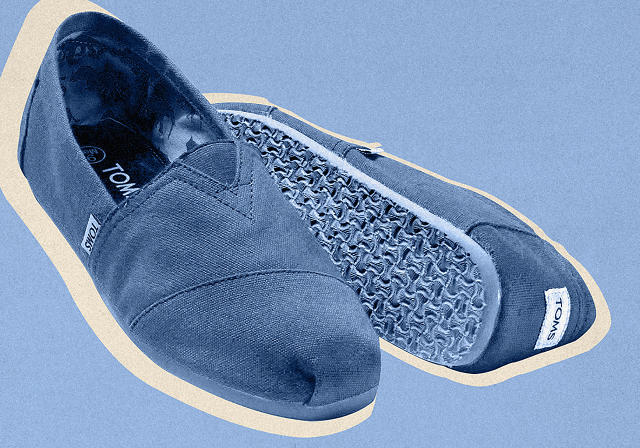
JWT sees the buy-one-give-one model started by Toms expanding beyond shoes. The company itself, now worth $625 million, has set up a marketplace for other products. For example, buying a bag of coffee gifts water for a week to someone in the developing world. Other examples include San Francisco food delivery company Munchery and Warby Parker. JWT describes the trend as “third way commerce” that “combines social good with sales and marketing.” “Consumers, particularly Millennials, are increasingly discriminating between brands by looking for ethical behavior and sustainability. They are also looking for brands and companies with clear values.”
Cleaner washing
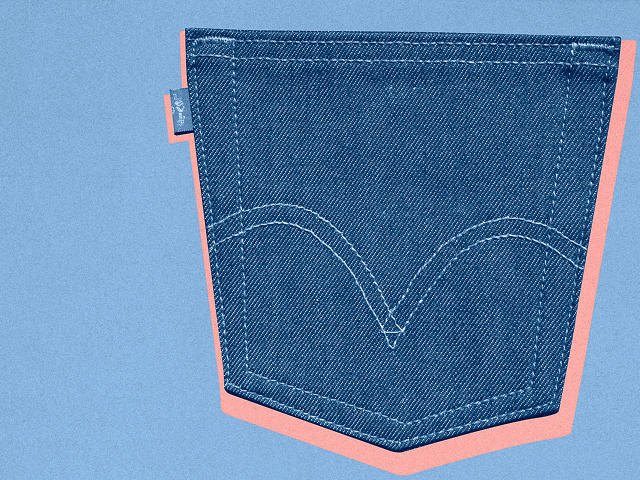
JWT sees a shift to cleaner washing practices, including detergent-free hair products and water-free washing machines (including the Patagonia-backed CO2 Nexus). “Levi’s CEO Chip Bergh says he doesn’t wash his jeans—and that you shouldn’t either,” notes the report. Consumers, it says, “are scrutinizing regular cleansing products and water-based washing, and making the connection between garment laundering and water waste.”
Recycling goes upscale
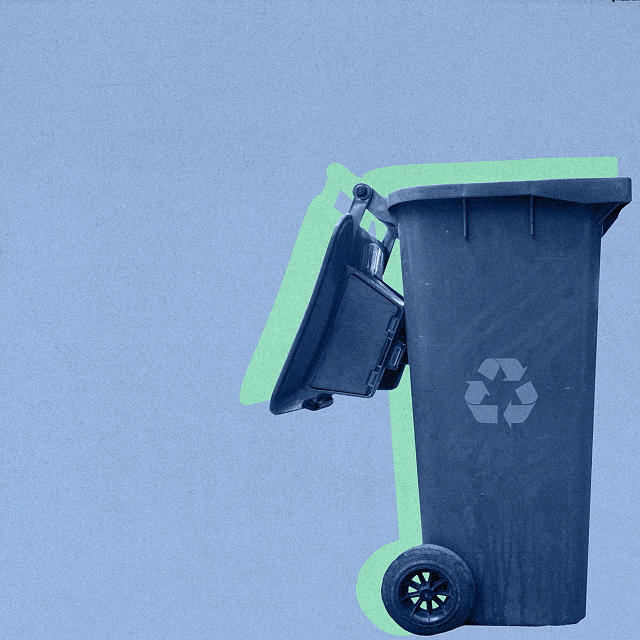
“Reuse has become aspirational, and brands are using innovative recycling strategies as a marketing platform,” JWT says. The report points to G-Star’s Raw for the Oceans line, Patagonia’s Truth to Materials (which makes uses of cutting room scraps), and the Faherty surf brand which uses recycled plastics in its shorts.
Circular hospitality

More and more restaurants are using food that previously might have been thrown away, or they’re reducing their waste to zero. What’s more they’re making a marketing point out of it. “Consumers are more aware than ever of the food chain and its impact on the environment, and are starting to adjust their habits. Smart hospitality brands are making reuse not only palatable but aspirational,” the report says.
The return of serendipity

The web used to be a place of discovery. Now much of what we see is based on predictive marketing and personalization. JWT expects a backlash of sorts. “There’s a tension between the convenience and opportunity offered by predictive retail and advertising, and the rising recognition of the importance of randomness, chance and surprise,” it says. “Innovators and technologists will increasingly focus on incorporating chance discovery to complement prediction and automation.”
It’s the start of the new year, and everyone is wondering what is ahead. Questions run the gamut from “Could it be as bad as last year?” to “What kind of stuff are people going to buy that they don’t need this year?”
While the probably can’t answer the first question, the marketing agency JWT produced this years version of its annual report looking at the trends shaping the year ahead. “The Future 100” includes a whole load of ideas, covering everything from retail to travel. Check it out here. Considering we’re not particularly interested in charcoal soaps and the kale “Superfood Beauty Wave,” we skipped those sections, and moved straight to the more Co.Exist-type themes. Here are a few ideas that caught our attention.
One-for-one expands

JWT sees the buy-one-give-one model started by Toms expanding beyond shoes. The company itself, now worth $625 million, has set up a marketplace for other products. For example, buying a bag of coffee gifts water for a week to someone in the developing world. Other examples include San Francisco food delivery company Munchery and Warby Parker. JWT describes the trend as “third way commerce” that “combines social good with sales and marketing.” “Consumers, particularly Millennials, are increasingly discriminating between brands by looking for ethical behavior and sustainability. They are also looking for brands and companies with clear values.”
Cleaner washing

JWT sees a shift to cleaner washing practices, including detergent-free hair products and water-free washing machines (including the Patagonia-backed CO2 Nexus). “Levi’s CEO Chip Bergh says he doesn’t wash his jeans—and that you shouldn’t either,” notes the report. Consumers, it says, “are scrutinizing regular cleansing products and water-based washing, and making the connection between garment laundering and water waste.”
Recycling goes upscale

“Reuse has become aspirational, and brands are using innovative recycling strategies as a marketing platform,” JWT says. The report points to G-Star’s Raw for the Oceans line, Patagonia’s Truth to Materials (which makes uses of cutting room scraps), and the Faherty surf brand which uses recycled plastics in its shorts.
Circular hospitality

More and more restaurants are using food that previously might have been thrown away, or they’re reducing their waste to zero. What’s more they’re making a marketing point out of it. “Consumers are more aware than ever of the food chain and its impact on the environment, and are starting to adjust their habits. Smart hospitality brands are making reuse not only palatable but aspirational,” the report says.
The return of serendipity

The web used to be a place of discovery. Now much of what we see is based on predictive marketing and personalization. JWT expects a backlash of sorts. “There’s a tension between the convenience and opportunity offered by predictive retail and advertising, and the rising recognition of the importance of randomness, chance and surprise,” it says. “Innovators and technologists will increasingly focus on incorporating chance discovery to complement prediction and automation.”
